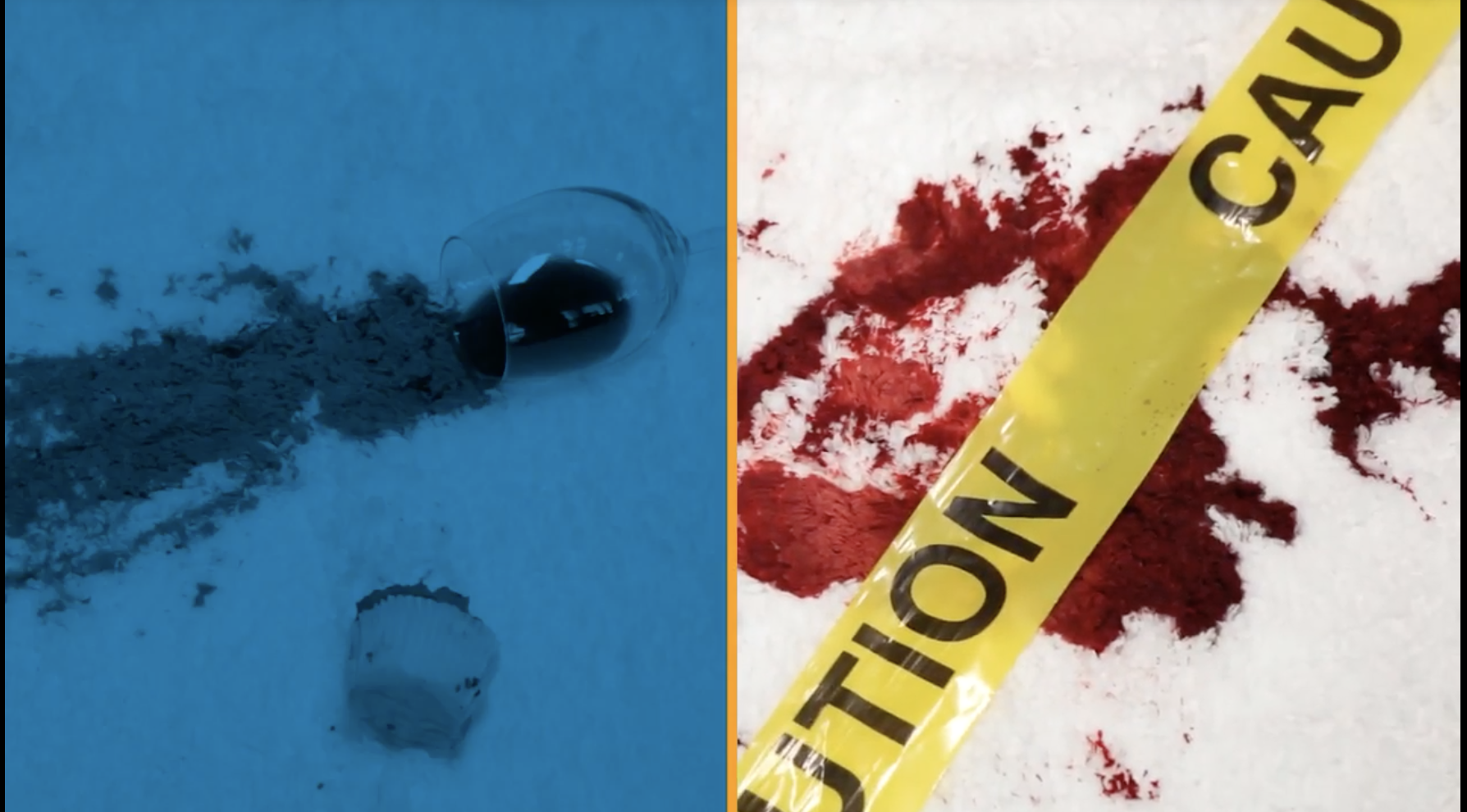Clorox Can’t Clean a Crime Scene

While everyone may know Clorox as their favorite home cleaning agent, we were shocked to hear they decided to add crime scene cleanup to their list of uses. As the nation’s premier crime scene clean up company, we can say with authority that bleach is not the recommended cleaning agent, not even close.
Why, you ask? Four Reasons.
The elements that make bleach an effective cleaner – it’s readily available in different forms, it’s inexpensive, and it’s versatile in uses like removing stains and disinfecting countertops – also make it dangerous. As a University of Michigan scientist remarked: “Bleach is so very reactive and will react with cellular components as soon as it hits the cells.” Industrial bleach is an environmental toxin, capable of causing cancer and birth defects. Even at standard household concentrations, bleach can lead to worrisome symptoms. Next to medications, bleach is the most common cause of calls to Poison Control Centers.
So what is it about bleach that makes it so dangerous?
Depending on the mixture, bleach can produce dangerous gases
Phosgene gas, also known as mustard gas because of its color, is one of the most dangerous byproducts of bleach. It occurs when bleach comes into contact with ammonia. Ammonia is another common chemical used in cleaning; it is also a component of certain bodily fluids produced by the kidneys, including urine.
Here is a breakdown of what is produced when ammonia compounds are mixed with bleach:
- HCl = hydrochloric acid
- Cl2 = chlorine gas
- NH2Cl = chloramine/phosgene
- N2H4 = hydrazine
In addition to phosgene, if hydrochloric acid contacts the skin, eyes, or internal organs, the damage can be irreversible or even fatal.
Bleach can also lead to eye and respiratory irritation when mixed with acids commonly present in other household cleaners, including vinegar and even some glass cleaners. In higher concentrations, the fumes produced from these combinations can be equally deadly.
Vapors can be harmful to the eyes and respiratory track
Have you ever felt ill after inhaling too much bleach? Do you feel a tickle in your throat or nose when you clean with it? Even if used correctly, nose bleeds, neurological disorders, headaches, shortness of breath and chest pain, are just a small number of the potential side effects stemming from the use of bleach. Proper ventilation is necessary to avoid these conditions. Lingering fumes can also irritate asthma and other conditions long after cleanup is complete.
Skin contact with bleach can cause rashes and irritations
As anyone who has used bleach on laundry knows, bleach not only removes color but eats through fabrics and other materials. Bleach is a corrosive, which means it has a damaging effect on any surface it touches. This also includes your skin. Burning, itching, and redness are the most common reactions, but if left on too long, bleach can lead to changes in pigment and permanent tissue damage.
Contact with non-porous surfaces should be minimized as well, as over time it can break down cellular structure. This further complicates cleanup in heavily trafficked areas as bleach requires curing time to be effective as a cleaner.
Bleach is not effective for all pathogens
Contrary to popular belief, bleach does not kill all bacteria. Different types and concentrations of bleach may have different effectiveness ratings against certain forms of bacteria – and the methods used to treat one type of pathogen may render the chemical ineffective in treating another.
Because it is highly reactive, chlorine bleach will act on whatever it comes in contact with first, whether dirt or bacteria. If it encounters dirt first, it may be rendered ineffective as a germicide.
Hard water or extremely soiled surfaces also neutralize the chemical’s disinfecting properties; surfaces must be cleaned in a particular fashion before being treated with bleach.
Not So Easy After All
The Environmental Protection Agency (EPA) issues warnings and instructions governing the safe use and effectiveness of cleaning products brought into your home. Balancing proper cure time with dilution ratios and safety makes cleaning with bleach difficult at best – and unsafe at its worst. Thankfully, there are alternatives to cleaning the toughest jobs yourself. One way to manage the situation is to hire a professional biohazard cleaning company.
So the next time a commercial says to use bleach to “clean the toughest messes, including crime scenes,” think twice. If a professional crime scene cleanup company doesn’t use it, should you? For information on how to actually clean a crime scene, give us a call.
 877-872-4339
877-872-4339  Contact Us
Contact Us 






